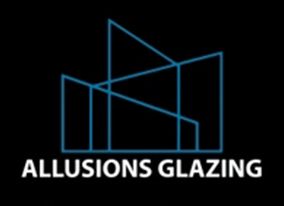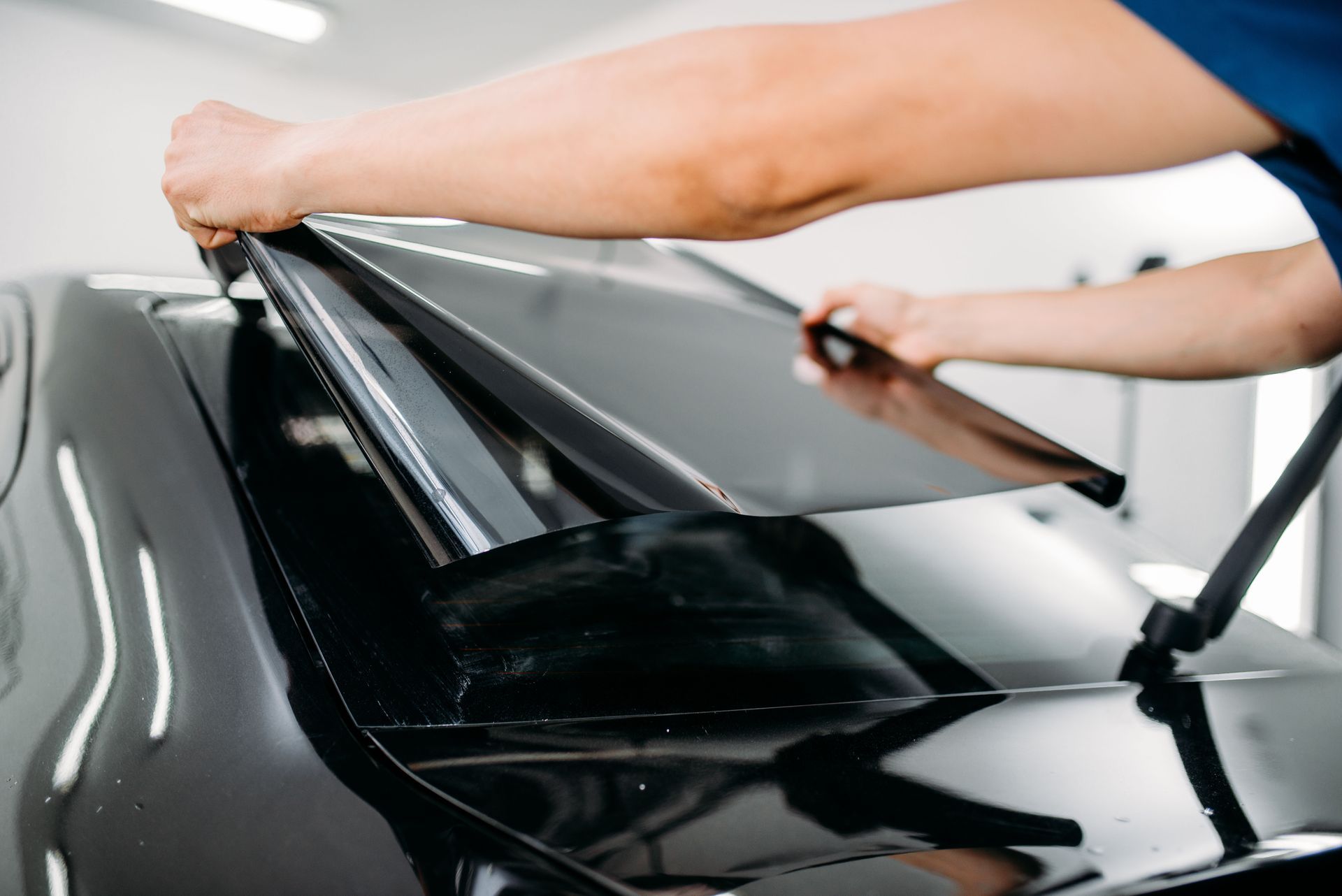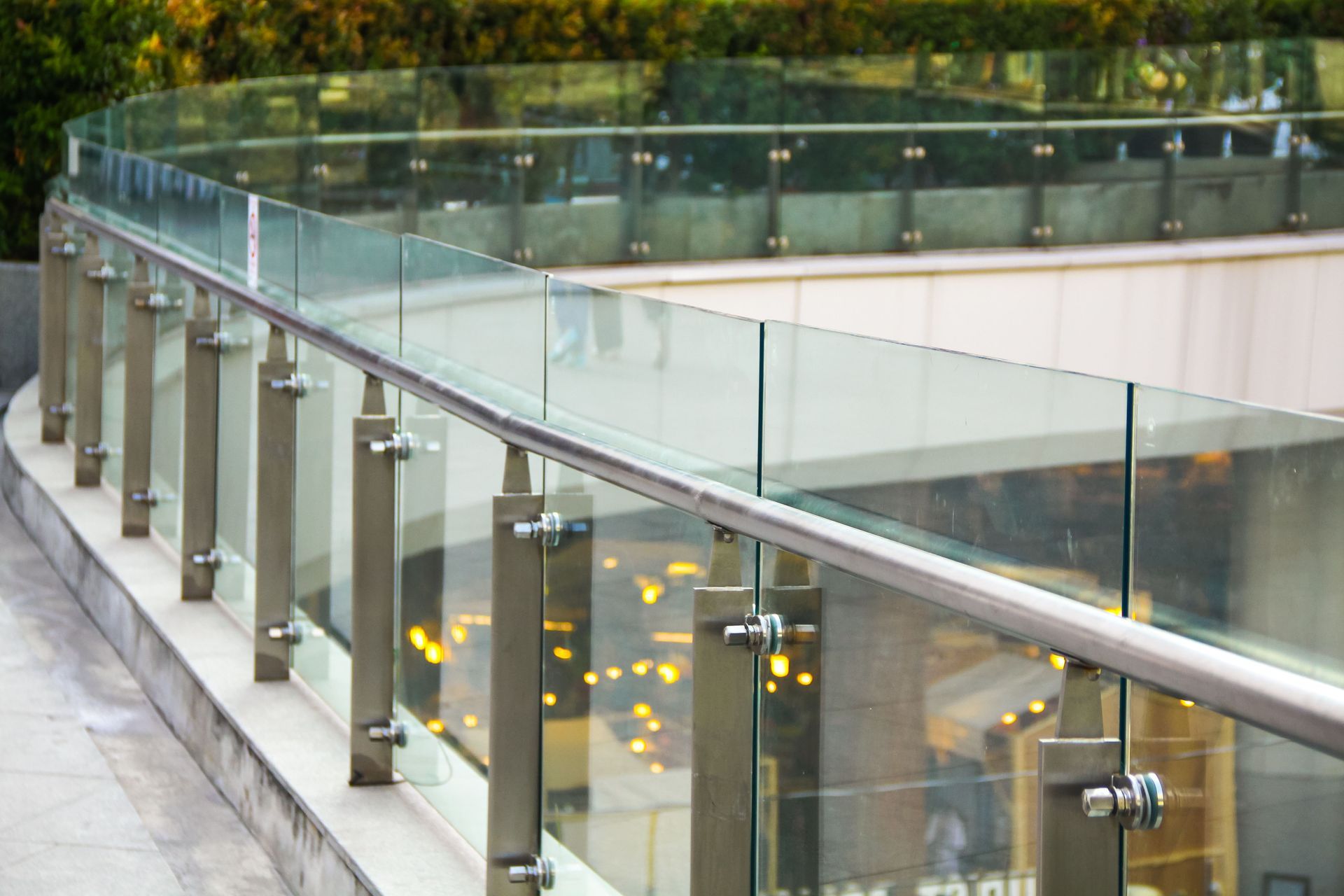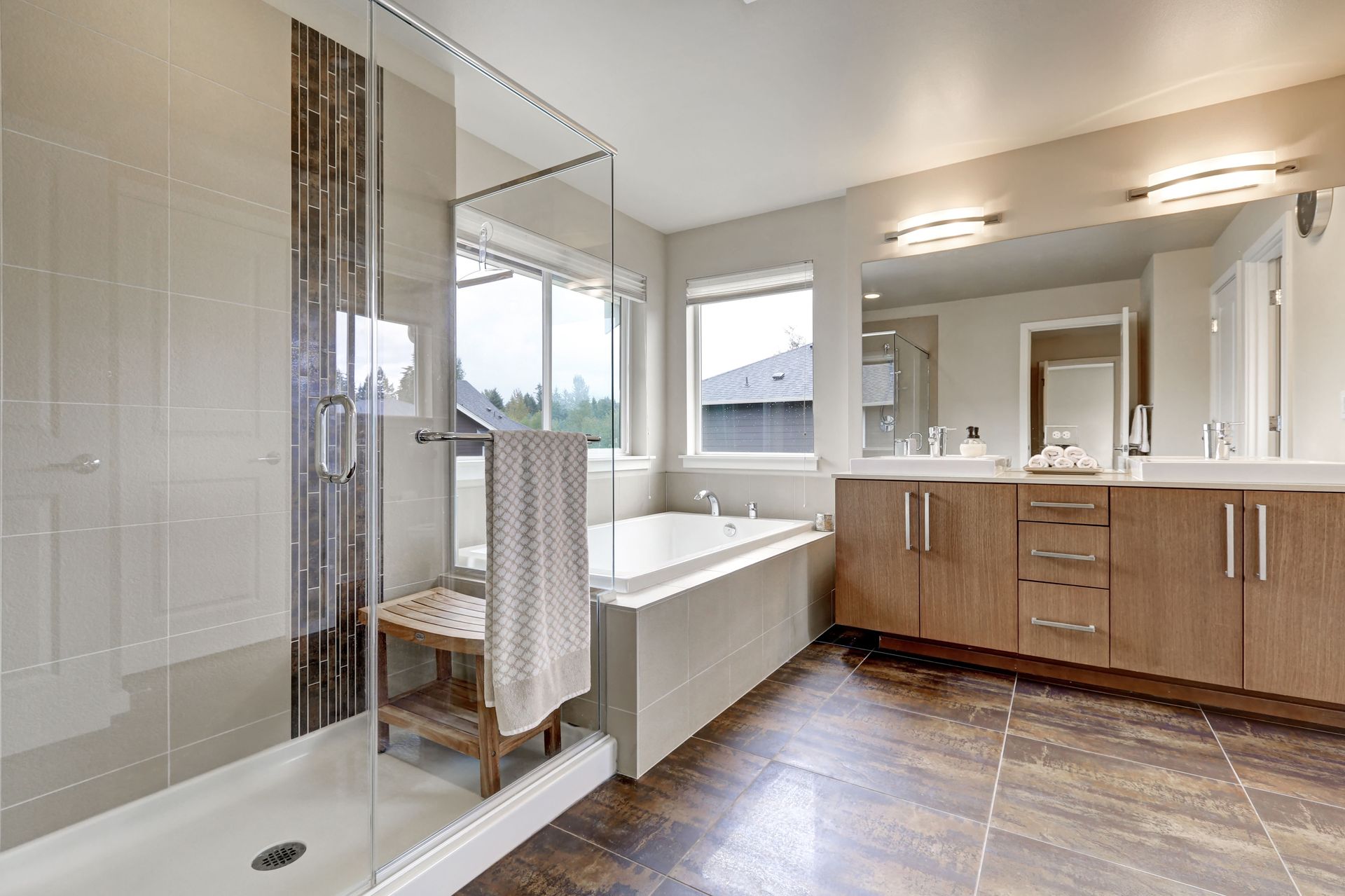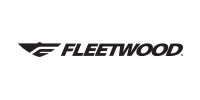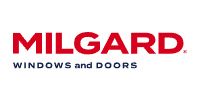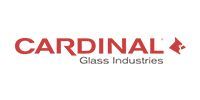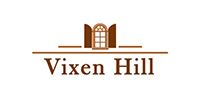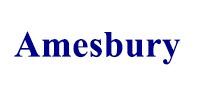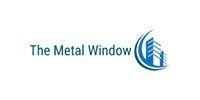August 14, 2025
In the quest for energy efficiency within commercial buildings, window tinting occupies a vital role. As businesses strive to reduce energy costs and enhance sustainability, window tinting emerges as a practical solution with multiple benefits. Apart from aiding in reducing energy bills, it also contributes to maintaining a comfortable work environment. By improving energy efficiency, commercial buildings can significantly reduce their carbon footprint, aligning with global environmental goals. As the demand for sustainable practices increases, more property owners are considering commercial window tinting as a top priority for long-term cost control and environmental compliance. In fact, more facility managers are seeing this step as essential rather than optional.
1. Reduction of Solar Heat Gain
Solar heat gain refers to the increase in thermal energy within a building as a result of solar radiation penetrating through windows. This phenomenon significantly impacts the energy dynamics of commercial buildings, leading to over-reliance on air conditioning systems. Excessive solar heat gain can drive up energy costs and strain HVAC systems, ultimately reducing their lifespan. Understanding solar heat gain is essential for mitigating its effects and optimizing energy use. Window tinting plays a pivotal role in minimizing this gain by reflecting a significant portion of solar radiation, reducing heat entry, and lowering indoor temperatures. Compared to methods like blinds, it provides constant protection while maintaining outside views. It also enhances the performance of air conditioning systems by reducing workload, which lowers costs and emissions. Numerous commercial properties have documented substantial reductions in cooling costs after applying window tinting—proving its value across sectors. Even in older buildings, the addition of tinting has proven to be an effective retrofit strategy.
2. Improvement of Insulation and Thermal Control
One of the standout features of commercial window tinting is its contribution to improved thermal insulation. This becomes especially useful in regions with temperature extremes. The tint reduces heat loss in winter and heat gain in summer, creating a more stable indoor environment. This leads to better climate control and increased comfort for occupants. Additionally, the technology supports multi-zone HVAC systems by equalizing temperatures throughout the building. The consistent indoor climate promotes system efficiency and reduces overuse. In real-world applications, businesses report measurable savings and improved satisfaction among tenants, showcasing the role of tinting in optimized energy management. Employees and customers alike benefit from the balanced interior temperatures, which support comfort year-round.
3. Enhancement of Visual Comfort and Daylighting
Excessive glare in commercial environments can disrupt productivity and cause eye strain, particularly for workers using screens. Commercial window tinting significantly reduces this glare by filtering strong sunlight while still allowing balanced daylight to enter. This results in more comfortable, visually appealing interiors that don’t rely heavily on artificial lighting. Natural daylight has been shown to improve mood and efficiency, and tinting allows businesses to harness these benefits without added heat. The result is a workplace that supports productivity and visual comfort simultaneously. In addition, it reduces screen reflections and hotspots, which can improve visibility and ergonomics in open office layouts. The controlled lighting environment also makes it easier for businesses to implement energy-saving smart lighting systems that respond to daylight levels. This can also help reduce eye fatigue among workers by minimizing sharp contrast between indoor and outdoor light sources. This contributes to a healthier and more ergonomic workspace overall. Enhanced lighting quality can also contribute to reduced headaches and better focus.
4. Extension of Equipment and Interior Lifespan
UV rays can degrade interior elements such as flooring, furnishings, and displays over time. Commercial window tinting blocks up to 99% of harmful UV radiation, protecting these investments and extending their life span. According to BUILDINGS.com, window tinting blocks as much as 99% of UV rays, helping to protect furniture, flooring, and fabrics from damage. This reduction in UV exposure prevents fading, discoloration, and material breakdown—lowering refurbishment costs. Additionally, less strain on HVAC systems due to improved thermal management results in fewer repairs and longer equipment life. These combined benefits provide operational savings and support long-term asset protection, making window tinting a smart preventative measure for commercial spaces. Businesses can also reduce the environmental impact of constantly replacing furnishings, improving their sustainability profile. Manufacturers of tinting products often offer warranties up to 15 years, providing peace of mind that their investment in interior preservation will last. This long-term security is often overlooked but extremely valuable when budgeting for future maintenance.
5. Contribution to Sustainable Building Practices
Commercial window tinting contributes meaningfully to sustainability goals. It reduces energy usage by improving efficiency, thereby lowering carbon emissions. These reductions support environmental initiatives and corporate social responsibility objectives. Tinted buildings may also qualify for certifications like LEED or Energy Star by demonstrating measurable improvements in energy performance. As cities move toward carbon neutrality and stricter environmental codes, solutions like window tinting offer immediate and scalable benefits. The technology continues to evolve, offering even greater efficiency and aligning with green building strategies embraced by forward-thinking companies. For example, some new tints are designed to adapt to light and temperature conditions dynamically, optimizing efficiency throughout the day. This innovation makes window tinting an active player in the evolution of smart building technologies. In many green building case studies, it has proven to be a foundational upgrade that complements other efficiency measures.
6. Comparison of Costs With Other Efficiency Upgrades
When evaluating commercial energy efficiency upgrades, cost is a major consideration. Compared to HVAC overhauls or window replacements, commercial window tinting is significantly more affordable and less invasive. It does not require structural changes or downtime, making it an attractive option for facilities management. While solar panels may deliver energy savings over time, their high upfront cost and roof space requirements limit accessibility for many businesses. This option, by contrast, provides a quicker return on investment, often paying for itself in under three years. It's a low-barrier entry into sustainability that complements other upgrades like programmable thermostats, LED lighting, or energy management software. Additionally, it requires minimal maintenance, making it a hassle-free energy efficiency solution. Its cost-effectiveness and reliability make it especially appealing to small and mid-sized business owners. Even businesses with limited capital improvement budgets can often implement tinting as a phased strategy across multiple windows.
7. Emergence of Trends in Window Tinting Technology
The commercial window tinting industry is experiencing rapid innovation, with new products offering dynamic or electrochromic features that adapt to sunlight intensity. These smart films automatically darken or lighten to optimize light and thermal control throughout the day. In addition, some tints now come with embedded solar collection properties, allowing windows to serve dual purposes in sustainability strategies. Businesses are increasingly selecting window tinting not only for energy savings, but also for aesthetic branding—using colored or frosted films for privacy or design. As more companies adopt ESG policies, tinting’s role in green building technology will continue to grow. Staying ahead of these trends ensures businesses can leverage the best solutions for long-term efficiency and compliance. Some technologies are even integrated with building automation systems, allowing centralized control for added convenience and performance.
From minimizing solar heat gain and glare to protecting interior assets and extending HVAC life, its advantages are both immediate and long-term. As part of a comprehensive approach to sustainable building management, commercial window tinting serves as a powerful ally in today’s energy-conscious environment. Whether it’s to achieve green building certifications, improve thermal control, or simply save on energy bills, investing in this upgrade is a decision that pays dividends for years to come. For property owners aiming to future-proof their investments, the solution continues to rise in relevance and effectiveness. Contact our team at Allusions Glazing today to get connected with our tinting services.
